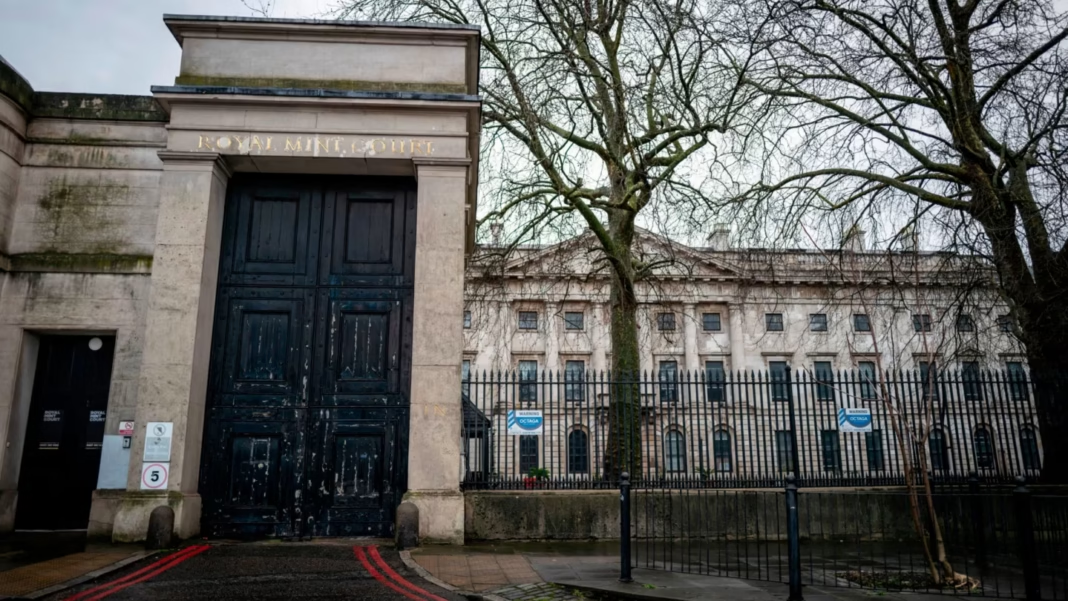Britain’s Deputy Prime Minister Angela Rayner demands answers from China regarding mysterious gaps in embassy construction documents. Consequently, the government issued a two-week deadline for Beijing to explain redacted sections in their London embassy proposals.
Chinese Embassy Security concerns escalate as officials examine the proposed mega-facility near London’s financial district. Furthermore, Rayner’s Housing Ministry sent formal requests seeking clarity on blacked-out architectural drawings. The August 20th deadline reflects growing unease about potential surveillance capabilities.
Moreover, the Royal Mint Court location raises significant intelligence concerns among security experts. Additionally, residents worry about protest activities and personal safety risks. The £255 million site purchase in 2018 initially sparked minimal controversy.
Opposition politicians argue that Chinese Embassy Security threats could compromise Britain’s economic center. Subsequently, experts warn about potential access to fiber optic cables carrying sensitive financial data. Meanwhile, the proposed facility would become Europe’s largest embassy complex at 20,000 square meters.
Critics also highlight mysterious basement rooms without identified purposes in construction plans. Similarly, the Home Office requested enhanced security perimeters around the entire site. These measures would prevent unauthorized public access to embassy grounds.
Tower Hamlets Council previously rejected identical plans in 2022 due to safety concerns. However, China resubmitted the same application shortly after Labour’s electoral victory. Subsequently, Prime Minister Keir Starmer discussed the embassy during phone conversations with President Xi Jinping.
Nevertheless, pro-democracy activists fear Beijing could use the facility to intimidate political opponents. Additionally, Hong Kong campaigners worry about potential detention operations on British soil. These concerns reflect broader tensions over China’s treatment of dissidents.
Rayner exercised special powers to remove decision-making authority from local councils. Consequently, senior ministers signal approval contingent upon minor plan modifications. This approach represents Labour’s effort to rebuild diplomatic relationships after Conservative-era cooling.
Meanwhile, shadow security minister Alicia Kearns criticizes the government’s allegedly rushed approach. She argues that officials prioritize Chinese demands over British security interests. These political divisions highlight ongoing debates about China policy.
Planning officials must reach final decisions by September 9th according to current schedules. Therefore, Chinese representatives face immediate pressure to address security concerns transparently. The compressed timeline reflects political urgency surrounding the controversial project.
Furthermore, Beijing’s embassy claims the facility would promote cultural understanding between nations. However, security agencies continue evaluating potential intelligence risks from the strategic location. These competing priorities create complex diplomatic challenges.
The embassy controversy reflects wider tensions in bilateral relationships following years of deteriorating trust. Subsequently, both governments seek balance between economic cooperation and national security protection. This delicate equilibrium influences numerous policy areas beyond embassy construction.
Moreover, the outcome could establish precedents for future Chinese infrastructure projects in Britain. Therefore, security agencies closely monitor developments while diplomatic channels remain active despite underlying tensions.
For more political updates, visit London Pulse News.


